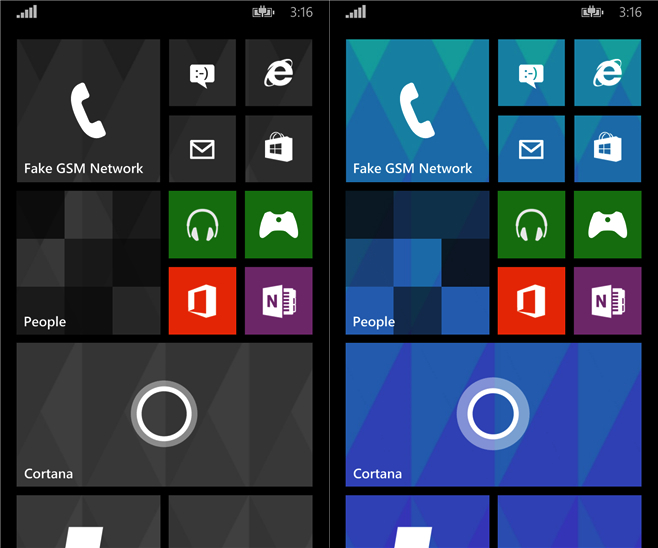
- #Virtualization software for windows 10 home how to#
- #Virtualization software for windows 10 home drivers#
- #Virtualization software for windows 10 home software#
- #Virtualization software for windows 10 home windows#
#Virtualization software for windows 10 home drivers#
#Virtualization software for windows 10 home windows#
#Virtualization software for windows 10 home how to#
Select Virtualization and enable it How to Enable Virtualization without BIOS? Click Troubleshoot > Advanced > UEFI Firmware Settings.Ħ. Click on Restart Now from the Recovery Tab to enter Windows Recovery EnvironmentĤ.
#Virtualization software for windows 10 home software#
Software updates can be rolled out faster since the environment offers agility for development & testing.

Hardware maintenance and monitoring efforts can be reduced drastically since the same updates are not required on each server separately. Improved Productivity and Efficiency – Given the nature of the virtual environment, virtual machines are easier to install, maintain and update.With virtualization, the virtual machine can be cloned or replicated, significantly speeding up the recovery process and enhancing business continuity. Downtime Reduction and Flexibility during Disaster Recovery – When a physical server is affected, replacement or repair is often time-consuming.By enabling virtualization, organizations facing resource crunch can do away with multiple servers. Personnel time to manage can be alleviated through improved server utilization. Cost Savings – When you enable virtualization, a single physical server is replaced by multiple virtual machines thereby reducing idle compute time and promoting optimum utilization of resources.Some of the benefits that enabling virtualization can bring to an organization are:

Virtualization can increase scalability while reducing costs. BIOS-level Hardware Virtualization support.64-bit processor with Second Level Address Translation (SLAT).Hardware Virtualization System Requirements It is a common practice in enterprise IT architecture and it is the technology that facilitates cloud computing economics by allowing different users to share the infrastructure. Multiple users and applications with different requirements can use the server since virtualization provides flexibility to break down a complex system into smaller pieces. For the applications that run on the VMs, the virtualized or guest system seems to have its dedicated resources with distinct operating systems, libraries, and programs independent of the host system. The hypervisor is a thin layer of software that separates the VMs from the host and interactively allocates resources as needed by the VM. Multiple Virtual Machines (VMs) or virtual computers are formed by dividing the hardware resources such as processors, servers, storage, etc. It is akin to multiple operating systems running concurrently on a single computer system. thus allowing software to replicate hardware functionality and resulting in the creation of a virtual system independent from the hardware. Virtualization is the technology that creates virtual versions of various resources such as the operating system, server, storage etc.


 0 kommentar(er)
0 kommentar(er)
